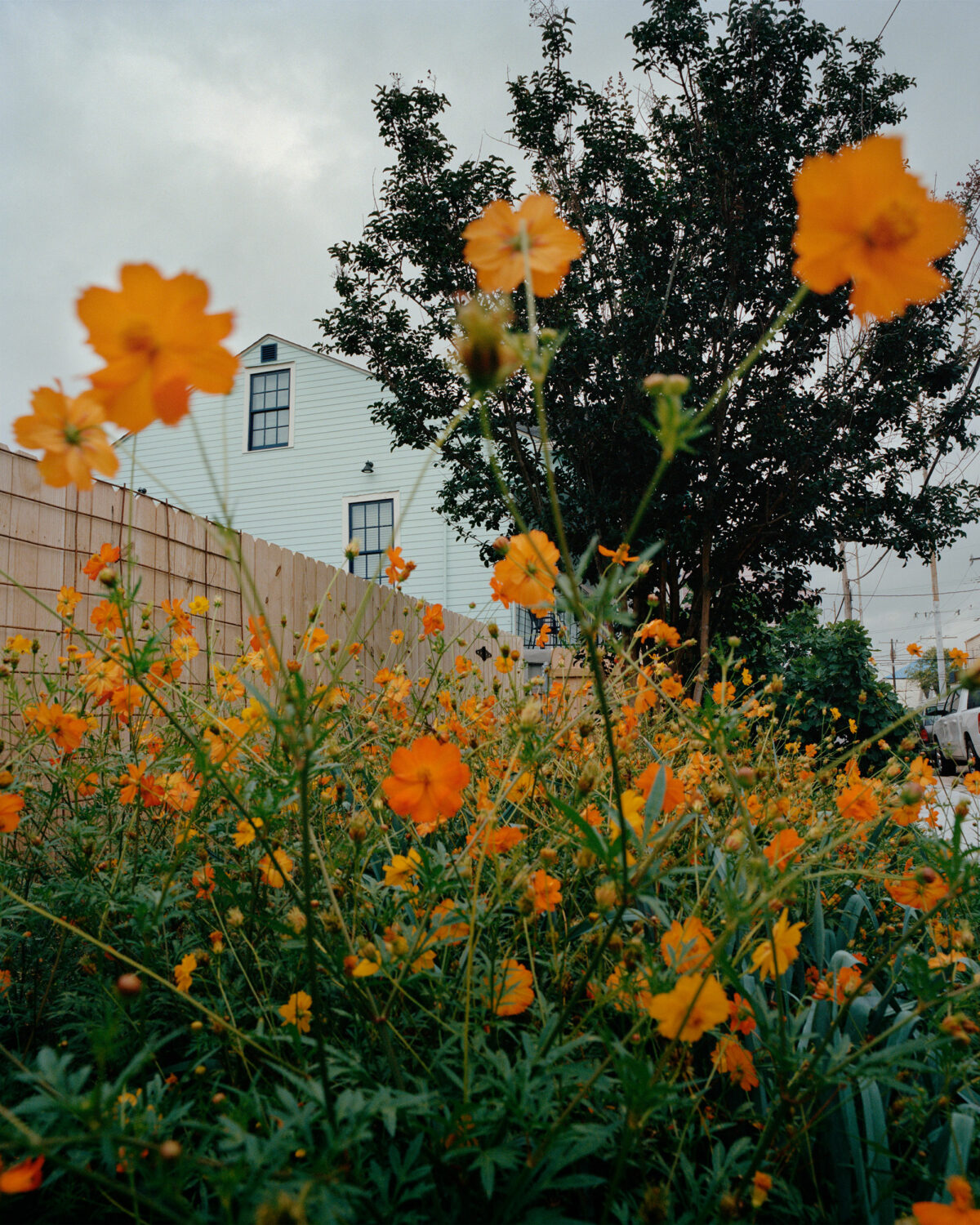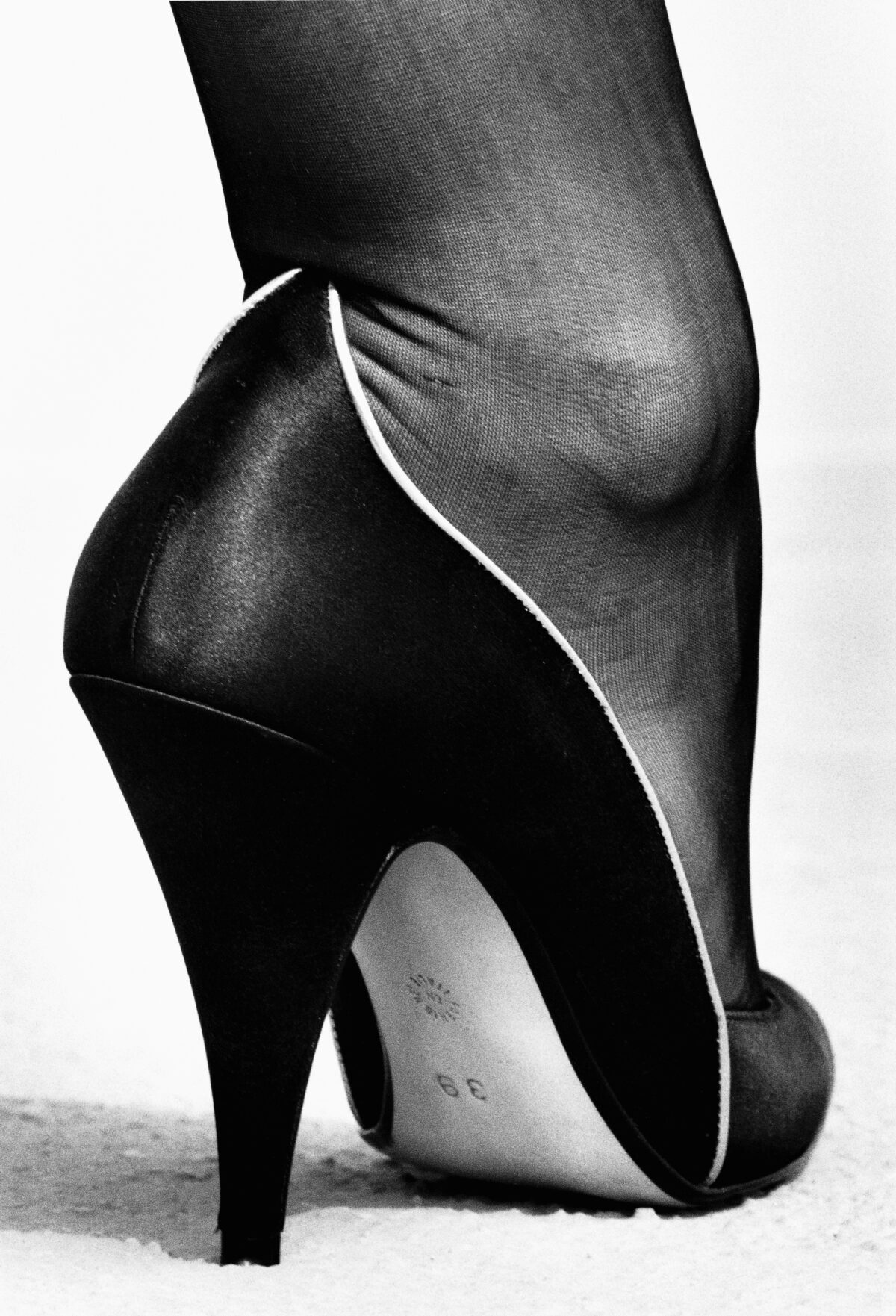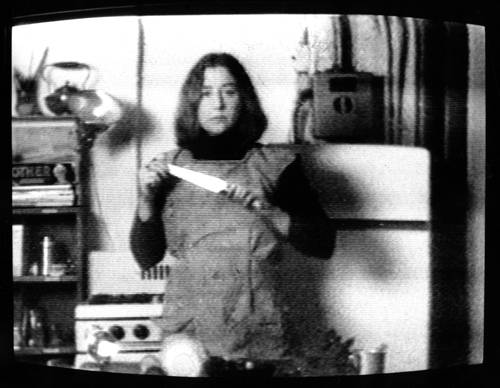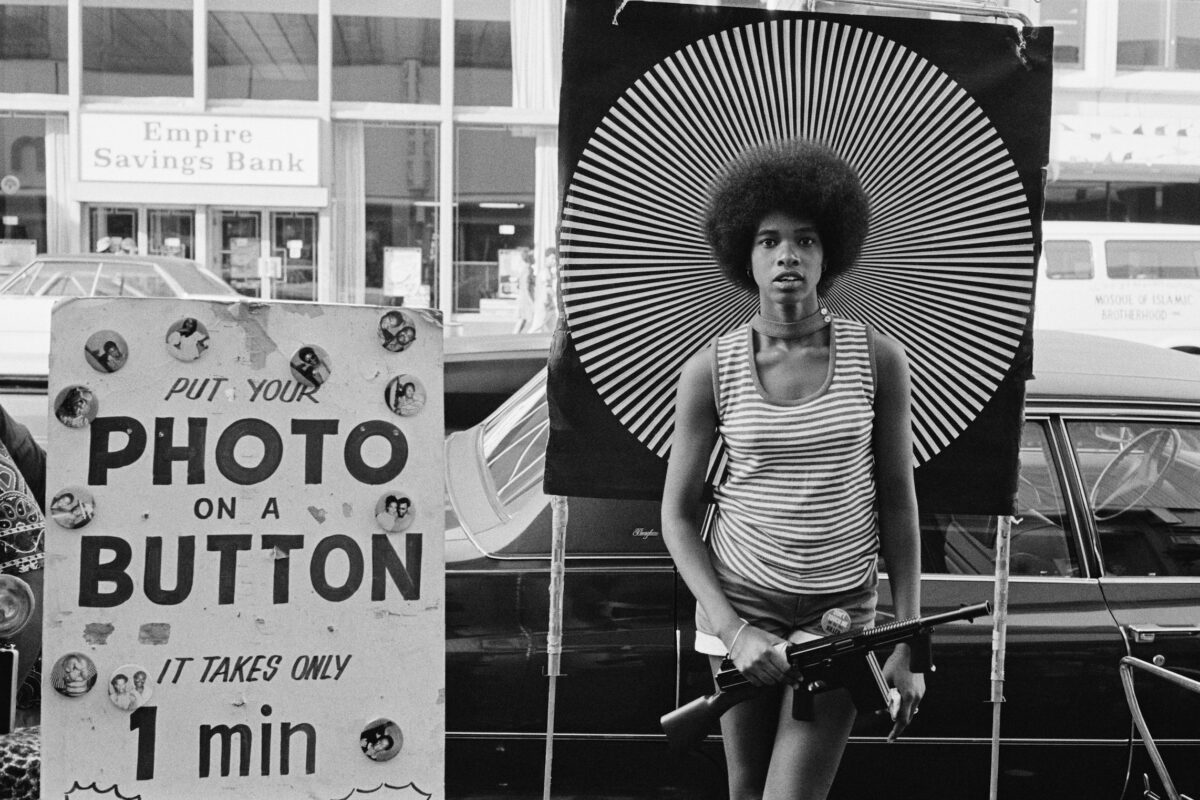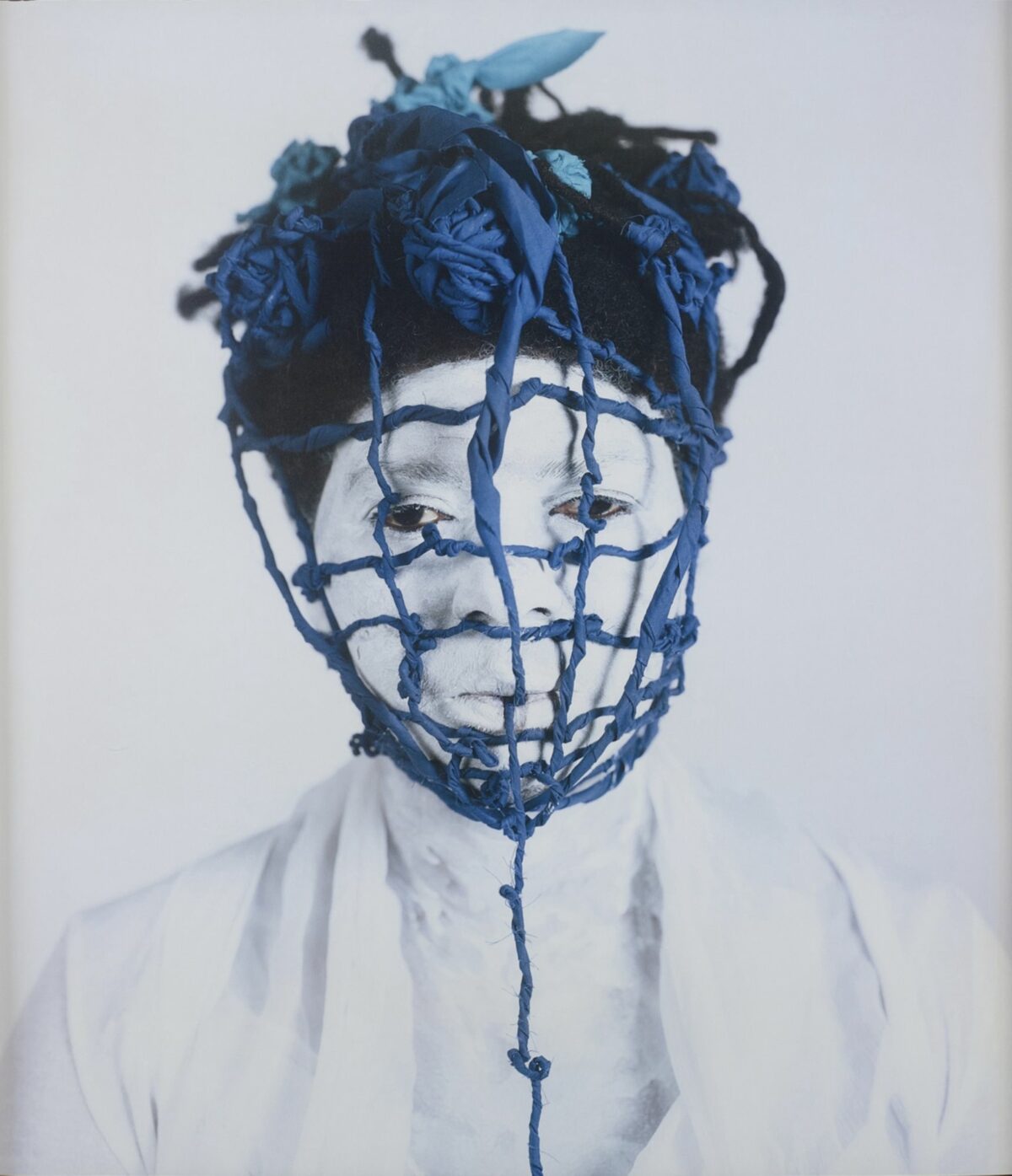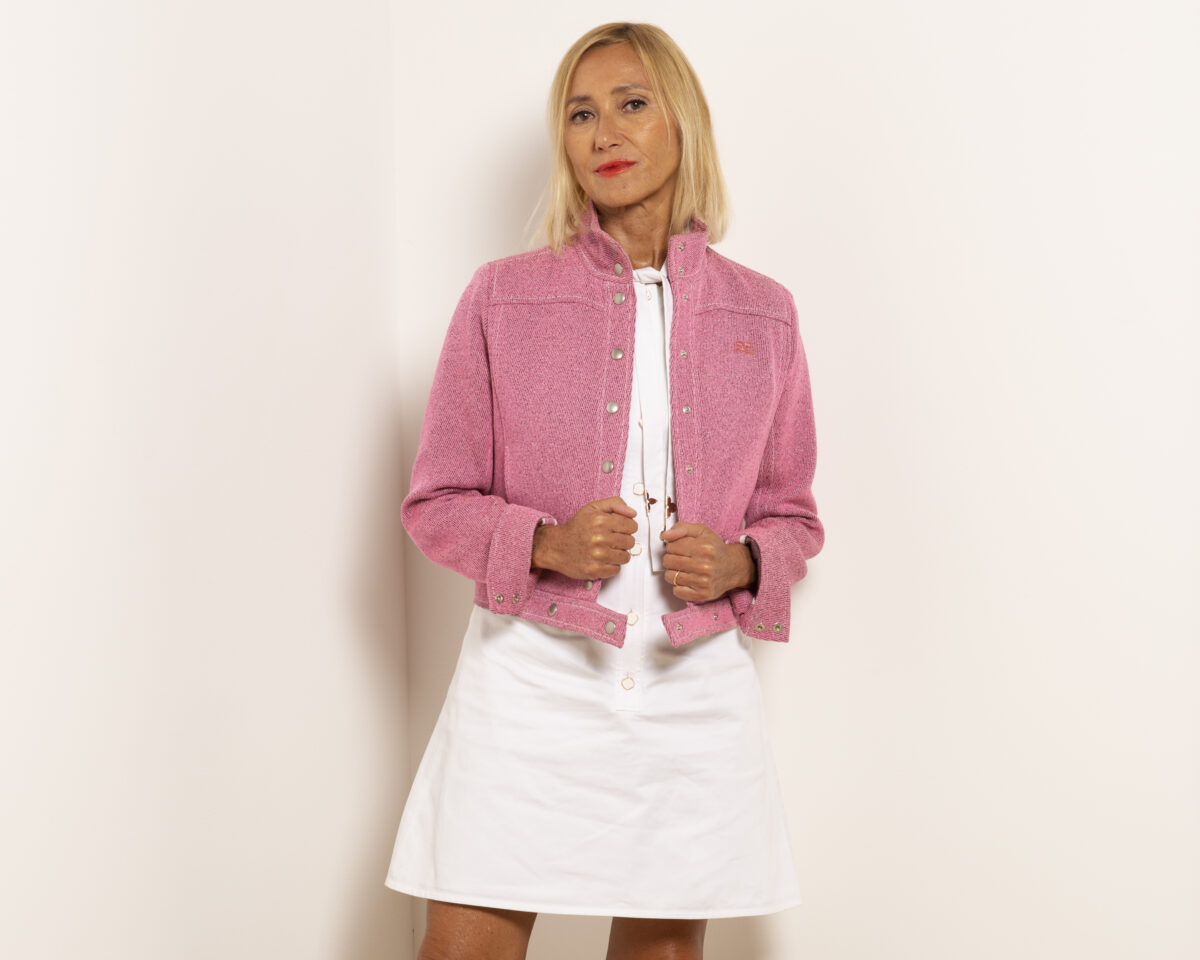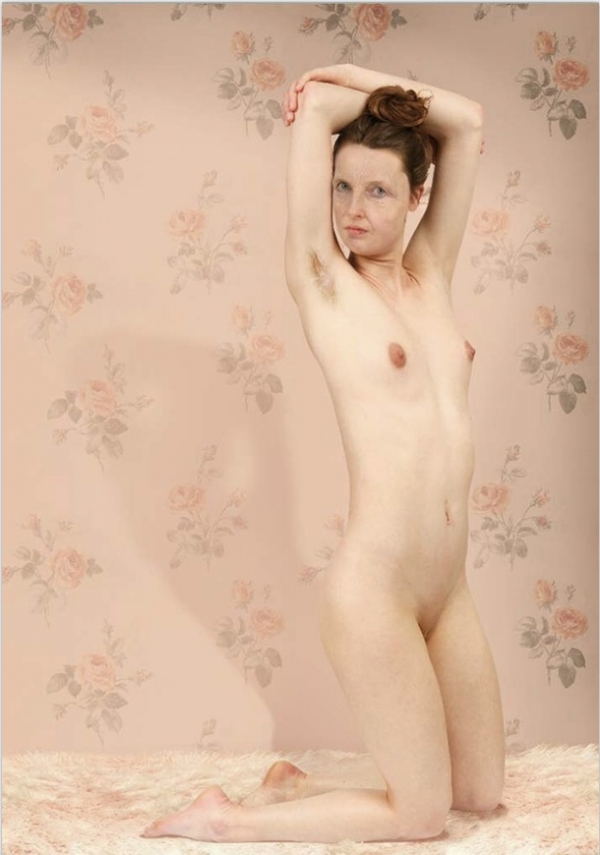

Photoshop trickery is so commonly used to improve bodies and faces, alter settings, or create convincing composites, that most of us take it for granted. Dutch artist Ruud van Empel intentionally goes overboard in manipulated works that are too eerily perfect or just subtly off.
Van Empel assembles his figures and scenes from bits and pieces of disparate images—dressed mannequins, faces, body parts, flowers. Colors are pumped up and settings digitally staged to create these surreal but believable fictions.
A number of new works in his current show at Jackson Fine Art, through November 29, are a continuation of his earlier series involving children, who all have blank expressions and flawless ebony or ivory skin. A nude black girl stands sideways amid an allover field of yellow flowers; the sparkling blue eyes of a blonde Dresden-dollish girl float in a sea of milky white skin.
It’s not clear whether van Empel is commenting on artificiality and physical ideals, or simply showing off his technical prowess. He doesn’t offer answers, only luscious, saturated color, and studies in contrast, monochrome, or pattern.
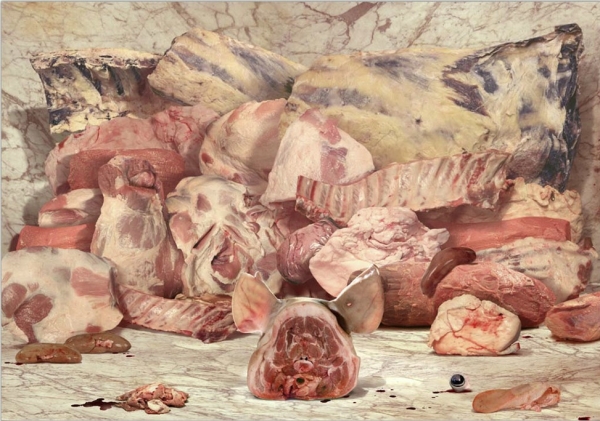

The most compelling work in the show has all these same qualities, yet looks nothing like the others. Both figurative and abstract, it is a still life from 2014 of a smorgasbord of raw, freshly butchered meat. A bisected pig’s head sits front and center, its cranial contents laid bare. The head faces back, as if the animal were surveying its deconstructed self. A popped-out eyeball has rolled off to the side and seems to stare at the viewer—j’accuse. Arranged behind it are piles of carved cuts and a slab of aged beef. Squishy-looking innards are dropped here and draped there. The pattern of marbled flesh continues in the marble table and backsplash. From a distance, the image looks painterly, with fat and blood glistening and striated muscle suggesting brushstrokes.
The work’s fleshy hues are echoed in two images, also from 2014, a nude women posed against peachy pink backgrounds. Their slender bodies are youthful but their heads clearly belong to other, likely older, women. Like a Mannerist painting, the proportions and perspective are a little off. Instead of enhancing their attributes, Van Empel has made these women exceedingly ordinary. Ultimately, all of van Empel’s works are still lifes, his subjects and models to be arranged and depicted according to his whims.



